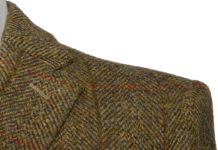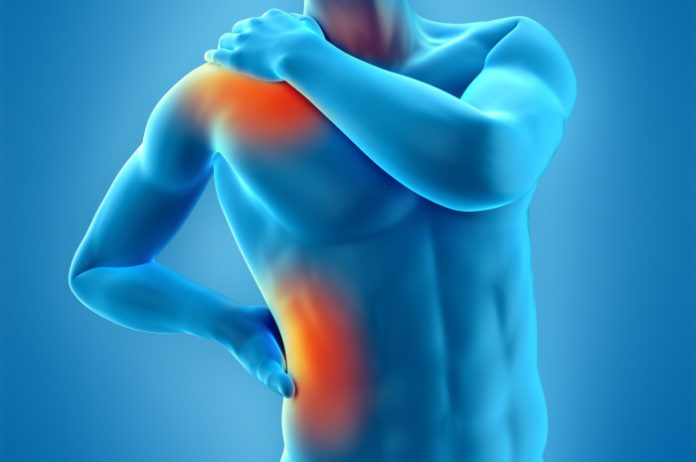The term ‘Orthopaedic Trauma’ encompasses many types of injuries such as fractures, dislocations and soft tissue injuries in the musculoskeletal system. Orthopaedic Trauma is caused by injuries sustained in accidents, sports activities or other traumatic events. Immediate treatment of immobilisation, surgery and rehabilitation are necessary to restore the body function and promote healing.
Dr. T S Gill, the best Orthopaedic Surgeon in Chandigarh, shares some valuable insights into the most common forms of orthopaedic injuries, their causes, symptoms, diagnosis and treatment options. So, let’s go through the following overview:
1. Fractures:
Fractures are categorised as breaks or cracks in the bones. They range from minute hairline fractures to complex and major multiple fractures. A fracture can occur in any bone of the body and its severity depends on the force and direction of the impact.
Causes:
· Falls
· Motor vehicle accidents
· Sports injuries
Symptoms:
· Pain
· Swelling
· Deformity
· Bruising
· Difficulty in moving the fractured area
Diagnosis:
· Physical examination
· X-rays
· MRIs
Treatment:
Treatment options include both non-surgical and surgical methods. The treatment approach depends on the location and type of the fracture. It also depends on the age, health and activity level of the patient. The types of treatment approaches are mentioned below:
1. Non-Surgical methods- It includes Immobilization with casts or splints.
2. Surgical methods- It includes internal fixation of plates, screws or rods in the fractured area.
3. Rehabilitation and physical therapy- It includes physical exercises, heating and usage of physiotherapy machines to restore strength, mobility and function to the injured area.
2. Dislocations:
Dislocation is characterized as the displacement of bone from its normal position. The normal alignment of the bone joint is disrupted. Dislocation commonly occurs in the shoulder, elbow, finger, hip and knee.
Causes:
· Sudden impact
· Extreme joint movement
Symptoms:
· Severe pain
· Swelling
· Deformity
· Loss of joint function
Treatment:
Dislocation seeks immediate medical attention so as to realign the joint, alleviate pain and to prevent further complications/ damage. The treatment includes:
· Closed reduction- Joint is manipulated back to its place followed by immobilization with a splint.
· Surgery- Surgical intervention is done to repair damaged tissues and stabilize the joint.
· Rehabilitation and Physical therapy- Exercises are prescribed to regain strength, stability and range of motion.
3. Soft Tissue Injuries:
Soft tissue injuries include damage to muscles, tendons, ligaments and other tissues around the bones. Sprains, Strains and contusions are common types of soft tissue injuries.
Causes:
· Sudden movements
· Overexertion
· Direct trauma.
Symptoms:
· Pain
· Swelling
· Limited range of motion
· Bruising
Treatment:
The treatment of soft tissue injuries involves:
· RICE method (Rest, Ice, Compression, Elevation)- It reduces pain and swelling by following a systematic plan of rest, icing, compression and elevation of the affected area.
· Surgical intervention- It involves surgery to treat the affected bone area.
· Physical therapy- It consists of exercises, manual therapy and other modalities to promote healing and restore strength, flexibility, and function.
In conclusion, orthopaedic trauma requires prompt diagnosis along with appropriate treatment to achieve the optimal outcomes and prevent any long-term complications. The healthcare professionals should be updated on the latest advancements made in orthopaedic trauma management by the healthcare bodies. It will ensure that individuals regain function and return to their daily activities with proper care and rehabilitation.
- Elevate Your Events: Discover Perth’s Premier Function Center! - July 15, 2024
- Finding Relief: Best Hip Surgeons in Panchkula for Pain Management - July 15, 2024
- The Ultimate Guide to Finding Safe and Affordable Used Breast Pumps - July 15, 2024






























